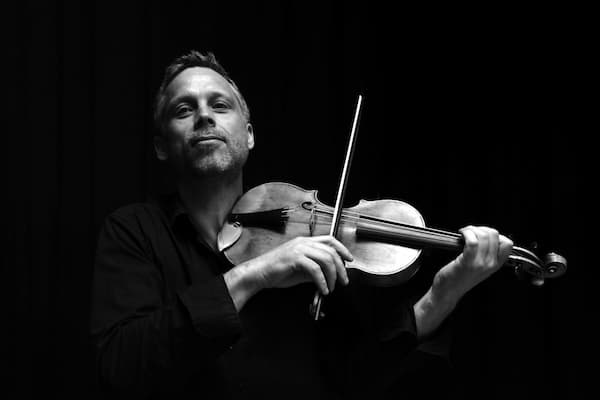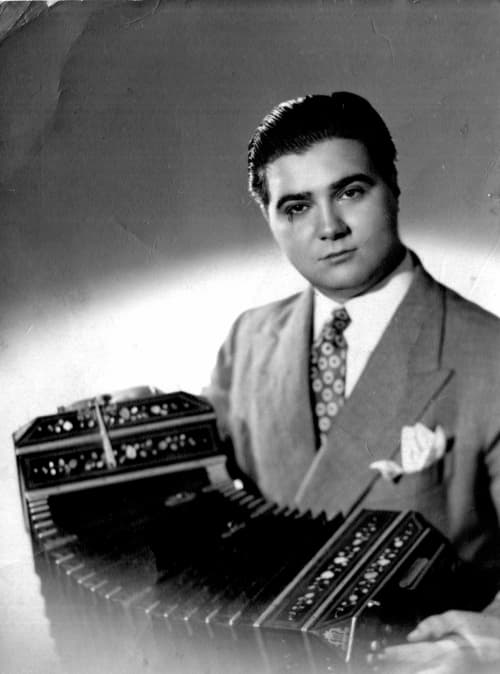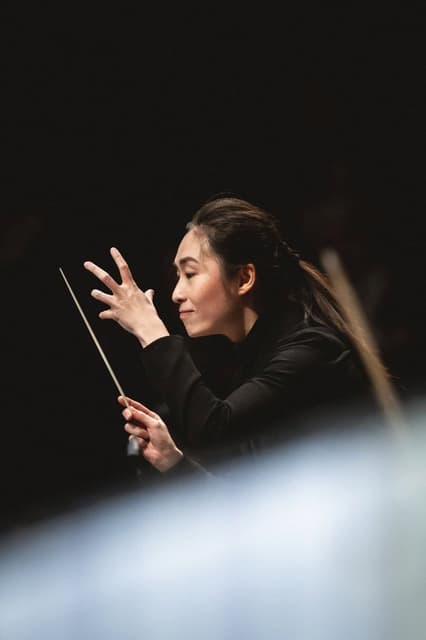Music documentarist Bruno Monsaingeon’s new film, Klaus Mäkelä: Towards the Flame, about the young Finnish conductor Klaus Mäkelä takes us through the history of one of the hottest conductors of the 21st century and, at the same time, shows us where modern conducting could be going.
medici.tv: Towards the flame – Klaus Mäkelä
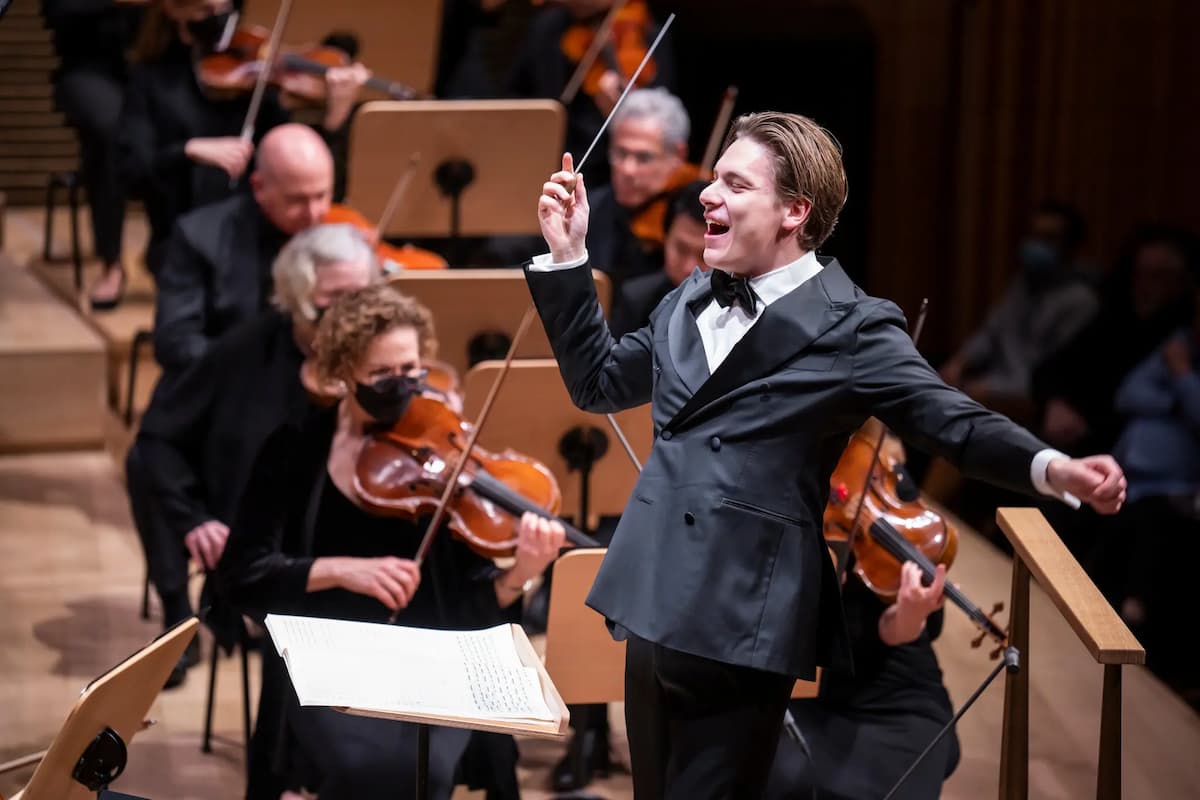
Klaus Mäkelä © Chris Lee/The New York Times
Mäkelä, born 1996, comes from a musical family: his father is cellist Sami Mäkelä, and his mother pianist Taru Myöhänen-Mäkelä. His mother’s father, Tapio Myöhänen is a violinist and violist.
His first encounters with music came as a child singer, performing in the choir of the Finnish National Opera, and as a cellist. It was at the FNO that he first saw what a conductor did; he started studying conducting at the Sibelius Academy under Jorma Panula.
Watching his first student films from his weekly conducting class when he was in his teens, you see lots of arm waving, some cuing, but his baton doesn’t speak with the eloquence of his modern instrument. His Mozart Symphony No. 39 in 2009 at age 13, His Beethoven No. 1 in 2010 at age 14, his Beethoven No. 7 at age 14, and Sibelius Symphony No. 1 at age 15 are all testimony to his development. The last, done with the Vasa Stadsorkester, is the first sign of the conductor he will become.
What he learned from Panula is that the orchestra knows how to play, you didn’t need to conduct every note. This respect for the musicians is still a notable part of his character today. Panula’s mantra for conducting technique was “less, less, less” and we see how his Beethoven No. 7 with the conducting ensemble in 2012 differs from the minimal Beethoven No. 7 he leads with the Orchestre de Paris in 2020.
This is the beauty of Bruno Monsaingeon’s documentary: the juxtaposition of the new and the old, the unspoken development of the storyline and the conductor’s career. We are jumped from the middle of a rehearsal to the middle of a performance, with the music as the continuity.
Jean Sibelius: Symphony No. 1 in E Minor, Op. 39 – I. Andante, ma non troppo – Allegro energico (Oslo Philharmonic Orchestra; Klaus Mäkelä, cond.)
The attention to detail is phenomenal, particularly on the part of the conductor. He conducts largely from memory and his memory encompasses, seemingly, everyone from Mozart to Ligeti. In speaking with Mr. Monsaingeon, he mentioned hearing a performance of Bach’s Ich habe genug, BWV 82, and seeing Mäkelä make 12 world premieres in one season.
After a performance of Shostakovich No. 5, with Oslo, we see him go over the live recording with his producer, Jørn Pedersen (Decca Classics). Individual voices are given a dynamic boost or reduction, certain sections are brought forward, and even tempos are adjusted in post-production. Mäkelä’s intimate knowledge of not only the sound he wants but also detailed knowledge of the individual lines is remarkable.
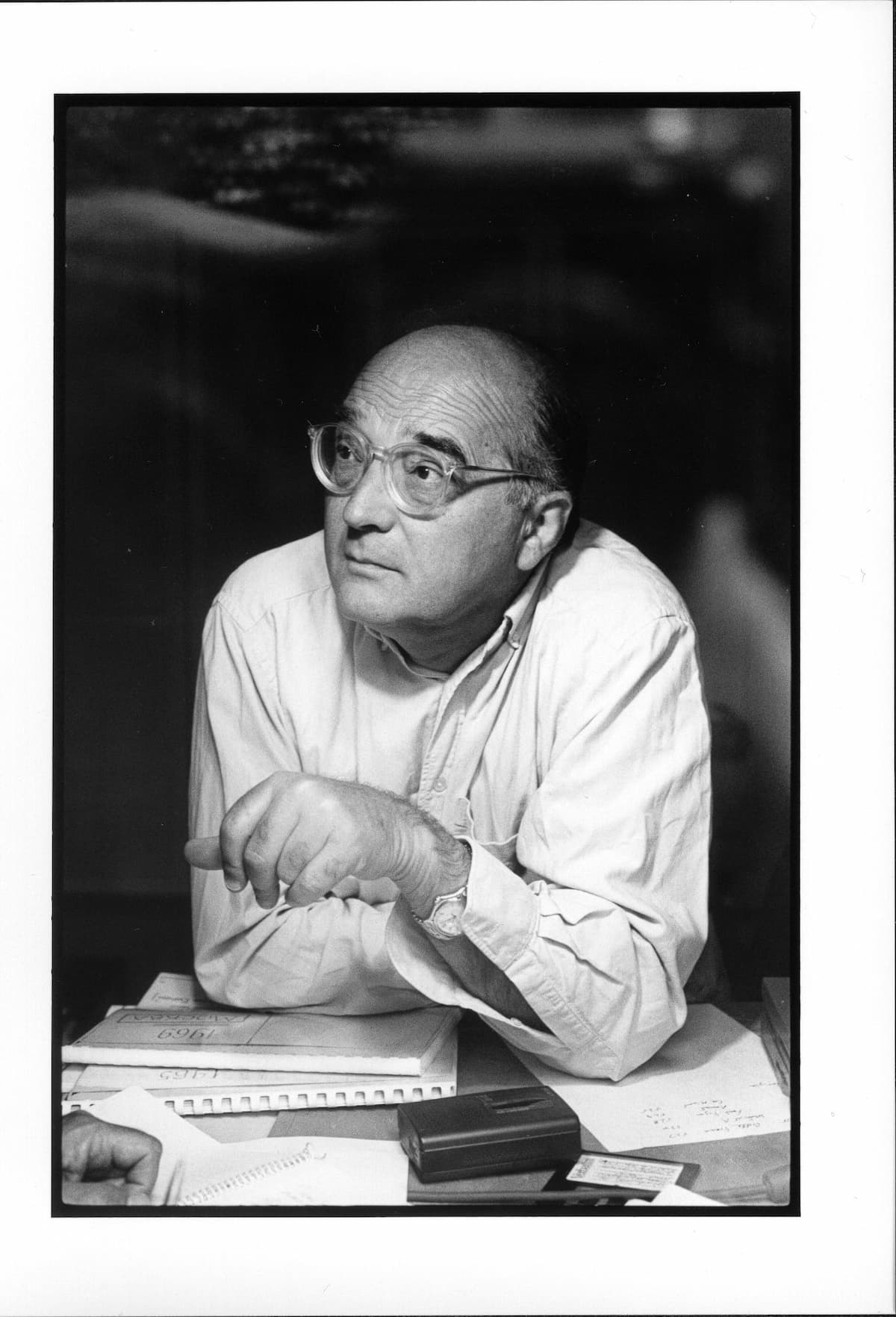
Bruno Monsaingeon © Idéale Audience
One section of the documentary is devoted to Mäkelä the musician. He’s still a cellist and is shown in rehearsal with the Arod Quartet, the subject of Monsaingeon’s previous documentary (Ménage à Quatre (2023)) where the other side of his musical sensibility as a performer is exhibited. He plays the Schubert Cello Quintet (D. 956) with Arod, and, in playing with a great young quartet, we see him get caught up in the sound so much that, to everyone’s laughter, he misses his entrance.
Through the documentary, we see Mäkelä’s advance from a student to leading the Oslo Philharmonic and then the Orchestre de Paris and the Royal Concertgebouw Orchestra. Interviews with musicians from the orchestras are remarkably similar: we admired his ability to work with us, his flexibility, his accessibility, his ability to engage with all of the orchestra members, all of which speak to his new approach. The conductor as an instructor not as a dictator. Even the musicians of the Orchestre de Paris note how unusual it is that they are still happy with him!
Igor Stravinsky: The Firebird (1911 version) – Tableau I: Infernal dance of all Kaschey’s subjects (Orchestre de Paris; Klaus Mäkelä, cond.)
Mäkelä was appointed chief conductor of the Oslo Philharmonic at age 22; music director of the Orchestre de Paris at age 25. He will be the artistic partner and chief conductor-designate of the Royal Concertgebouw Orchestra in 2025 and the music director-designate of the Chicago Symphony Orchestra, to start in 2027.
At age 28, Mäkelä’s achieved far more than conductors twice his age and his energy and enthusiasm for music are inspiring. Mäkelä’s statement that ‘music should not be polite, but the way of approaching musicians should have a certain amount of politeness’ is central to his relationship with his orchestras.
Mäkelä only seems to have good things to say about everything. You’ve never seen a conductor look so happy in front of an orchestra. You don’t feel an ego or a vanity that must be supreme, but rather someone who works, with laughter, to a common musical goal with the orchestra. His ability to recognize and develop the individual characteristics of each orchestra that he works with is beautifully detailed.
Klaus Mäkelä – Towards the flame (Trailer)
Bruno Monsaingeon’s film helps us understand a highly unusual and extremely talented young conductor and cannot be more highly recommended.
For more of the best in classical music, sign up for our E-Newsletter

